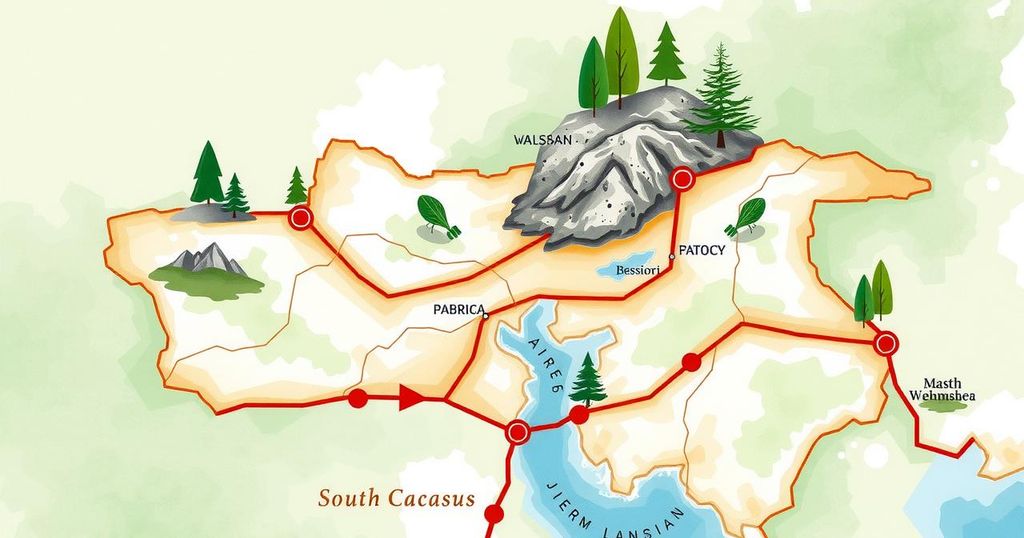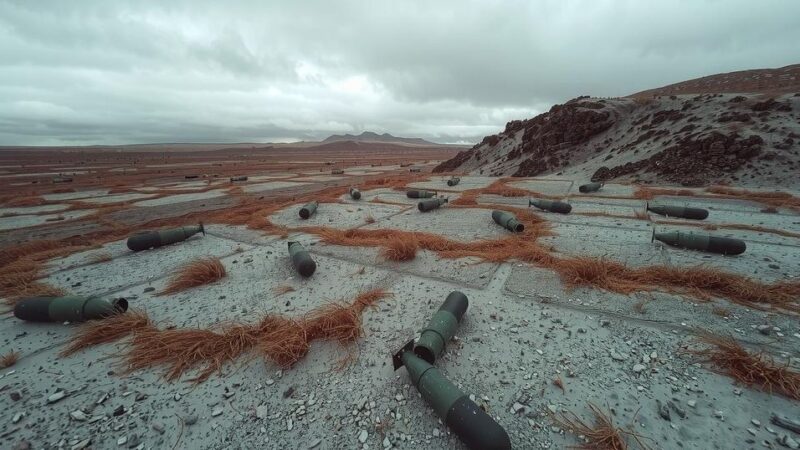On January 17, Russian President Vladimir Putin and Iranian President Masoud Pezeshkian signed a treaty to enhance bilateral relations. Despite their cooperation, notable divergences in interests, particularly in the South Caucasus regarding energy and transport sectors, pose challenges. Russia’s support for Azerbaijan’s initiatives creates friction, as does competition over natural gas exports to Armenia. These conflicts must be addressed to maintain a cohesive partnership.
On January 17, Russian President Vladimir Putin and Iranian President Masoud Pezeshkian signed the Treaty on Comprehensive Strategic Partnership. This treaty aims to enhance bilateral relations, particularly regarding opposition to NATO expansion, the North-South Corridor, and the 3+3 regional format. Nevertheless, disparities in interests in the South Caucasus, particularly in energy and transport sectors, may challenge their collaboration despite this partnership.
Russia’s lack of support for Iranian projects, such as railway and gas pipeline constructions in Armenia, exemplifies these divergent interests. Such projects could weaken Moscow’s influence in Armenia, despite both nations collaborating on the Rasht-Astara railway, which aims to connect to Azerbaijan.
Disagreements extend to issues such as the independence of Abkhazia and South Ossetia from Georgia and the military alliance between Israel and Azerbaijan. Furthermore, divergent views on the proposed Zangezur Corridor, crucial for Azerbaijan, have exacerbated tensions, with Russia backing the corridor while Iran opposes it. The corridor poses a potential threat to Iran’s geographical connections.
Iran had expected Russia to align more closely with it rather than Azerbaijan. Following a visit by President Putin to Baku, Russian officials reiterated support for Azerbaijan’s plans regarding the corridor, drawing criticism from Iran due to its implications on border dynamics.
Another point of contention is the Aras Corridor, established to connect Azerbaijan and its exclave Nakhchivan via Iranian territory. Although Iran perceives this corridor as a counter to the Zangezur Corridor, Russia has not endorsed it, likely due to its vested interests in the Zangezur route as outlined in the Nagorno-Karabakh ceasefire agreement.
Disparities also exist over the planned Iran-Armenia railway route, which threatens Russian Railways’ control over the South Caucasus’ transport infrastructure. Russia views this initiative with skepticism, fearing diminished influence in Armenia.
Natural gas exports to Armenia further illustrate the competitive nature of the relationship. Iran’s ongoing gas-for-electricity agreement with Armenia faces hurdles due to Gazprom’s involvement, impacting potential Iranian gas exports to Europe. Negotiated projects to export gas from Iran to Georgia have similarly faltered.
In conclusion, while Russia and Iran share common goals in some areas—including addressing NATO expansion and the development of transport corridors—their diverging interests in the South Caucasus hinder a unified approach. Unless these conflicts are resolved, their relationship in the region is likely to remain fragmented and susceptible to further tensions.
The Treaty on Comprehensive Strategic Partnership, signed by Presidents Putin and Pezeshkian, aims to strengthen Russia-Iran relations but highlights significant divergences in the South Caucasus region. Differences relating to energy projects, transportation corridors, and military alliances illustrate underlying tensions between both nations. Without addressing these competing interests, their partnership is at risk of becoming unaligned and counterproductive in achieving regional stability.
Original Source: jamestown.org






